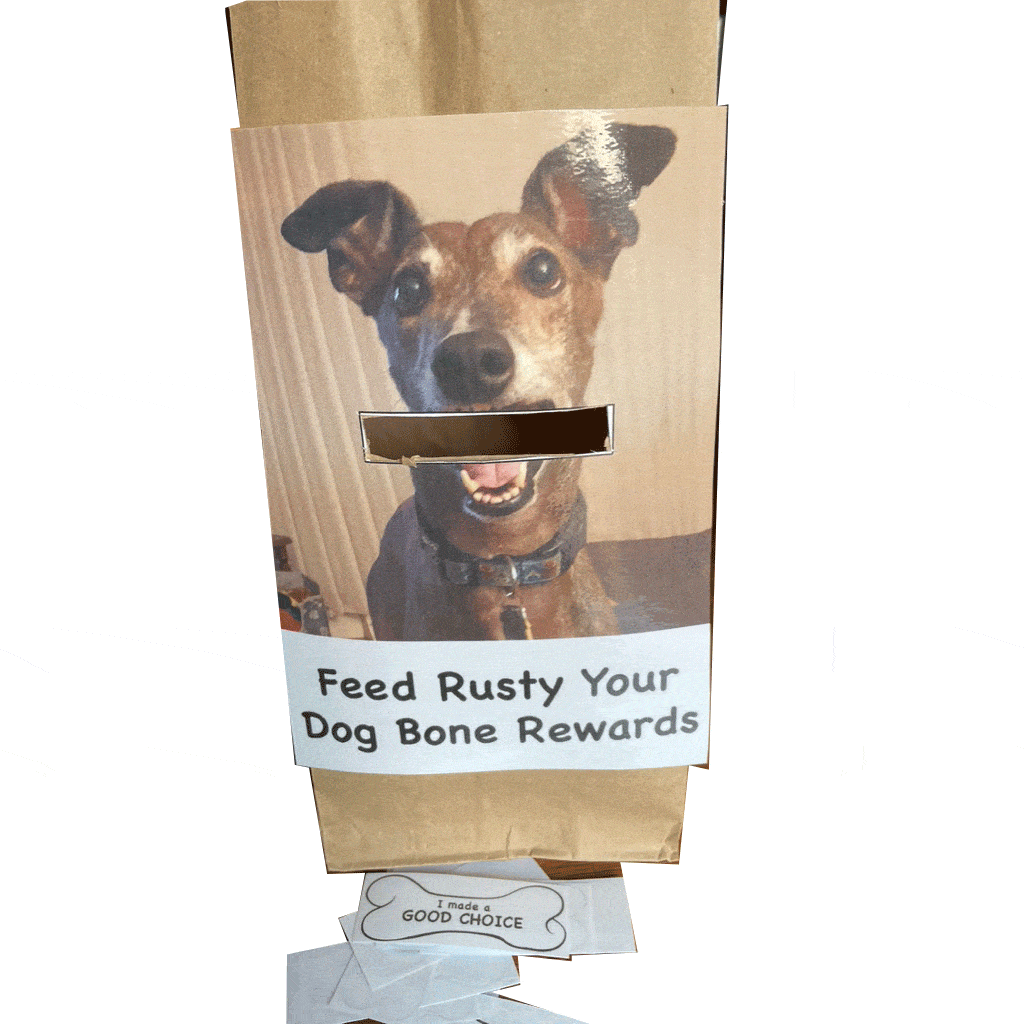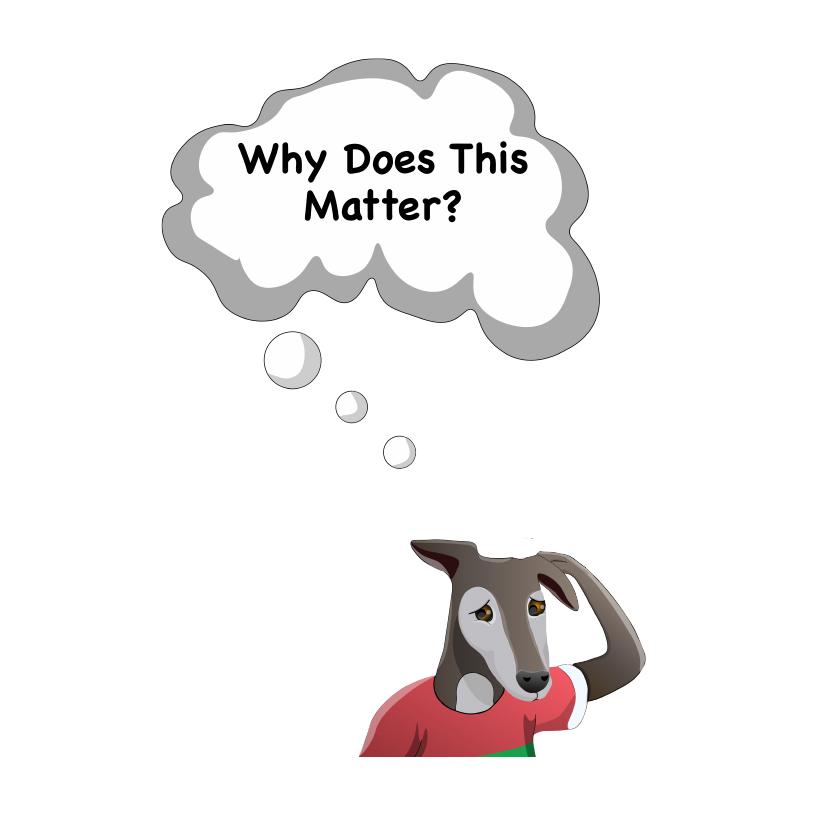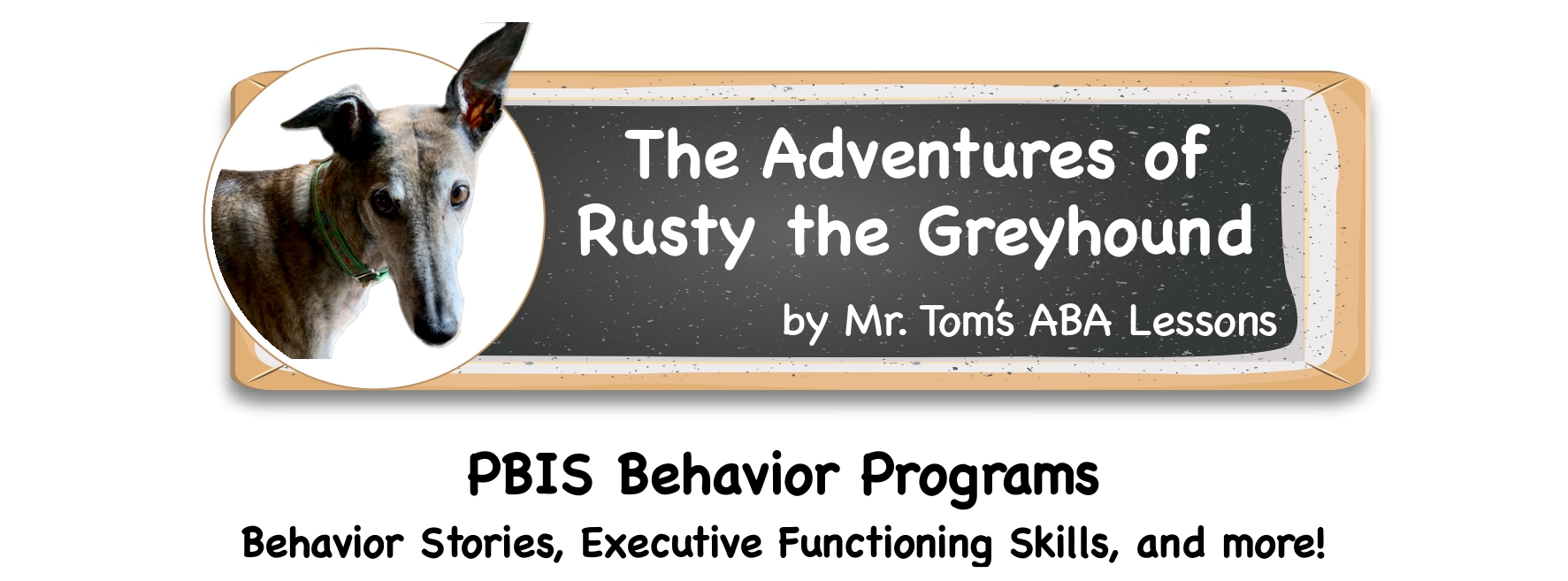
As a teacher, you get paid every two weeks or every month. Your pay schedule is a real-world example of a routine and structure (‘R’ of RUSTY System). Routines can go beyond just a schedule. Consider the following routine, which I call a reward or “paycheck,” as a Positive Behavioral Interventions and Supports (PBIS) strategy for excellent classroom behavior.
What are the benefits?

By rewarding students in your classroom, you offer student feedback and encourage student engagement. Examples of reward systems include immediate, specific praise written on a reward and a token economy. When you use rewards within Applied Behavior Analysis (ABA), you will implement a beneficial behavior management strategy.
Why does this matter?

Rewards are an essential part of any ABA-based behavior program. Rewards reinforce the behavior you want your students to achieve. Think of a reward like the paycheck that adults receive for doing their work. Students don’t get paid with money, so they need another type of paycheck.
What does this look like?
Whole-class rewards

There are several ways you can do an entire class reward system. One I use as a behavior management strategy is Rusty’s certificates. After completing each weekly concept, the class receives a completion certificate. Rusty’s certificate for each completed weekly group of lessons earns the class a dog bone printed with the concept’s name.
Here are some suggestions for displaying the dog bones to remind the students of their diligent work. Choose one way to show off the collected bones earned for every completed lesson.
- Making a paper chain link with the bone
- Making a Rusty dog bowl to put the bones in and around
- Hanging a picture of Rusty with the bones around him
- Making or using a dog bone box as a bulletin board display with bones coming out of the box
It’s a fun challenge to see how long the chain can get or how many bones Rusty has throughout the year. When the students see the reward every day, they have a constant reminder of their efforts.
Daily rewards
The only limit on daily rewards is your imagination. For example, your students can feed their bones to Rusty:

- Print and laminate the picture of Rusty.
- Cut an opening for his mouth, and then staple Rusty to a bag.
- When the students receive a dog bone from someone, they can feed it to Rusty.
You can have one bag with Rusty’s face on it for the whole class, or each student can have their own bag. If you’d like, your students can each color their own Rusty picture.
Anyone can award a student for completing the daily activity at any point during the day. This reward can come from a peer or another teacher. If a student wants to reward someone, they need to tell an adult why they think that person deserves the reward. This peer-reward system reinforces each participating student’s understanding of the concept. The adult will write the receiving student’s name and this information on the back of the bone. Someone can put the bone into the bag as a surprise or give it directly to the student.
Always introduce a new reward system and reinforce the system as a classroom management strategy. For example, you can explain to the class how the lessons this week will use “I Controlled My Anger” dog bones to reward students who practice explaining their feelings without yelling. As part of the Friday lesson plan, the students can take their bones home and show their caregivers.
Most important: don’t forget to write the student’s name on the reward. When you involve the children’s caregivers, the adults will appreciate receiving positive feedback on their student’s progress. In this way, your classroom management strategies get reinforced at home.



